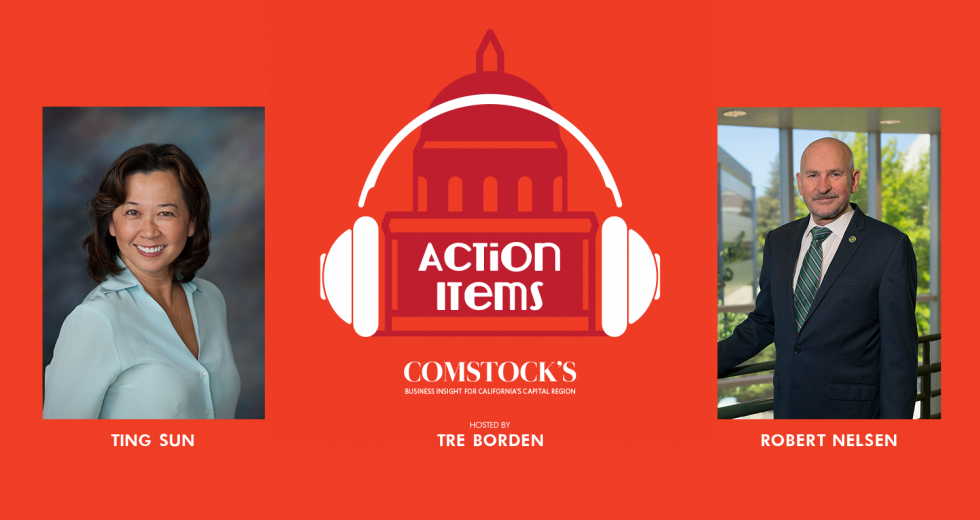Despite California’s charter school movement now being nearly 25 years old and the fact that the state has about 1,200 of these schools, much confusion remains in the public sphere over charter schools and how exactly they differ from — or resemble — traditional public schools.
On this episode of Action Items, Sacramento State President Dr. Robert Nelsen and Dr. Ting Sun, executive director of the Natomas Charter School and member of the California State Board of Education, join host Tre Borden to discuss K-12 public education, and college and workforce preparedness.
Just What is a Charter School?
Anyone can start a charter school — a parent, teacher, community member, nonprofit organization (but not a for-profit company in the state of California) — and they do so for many reasons. Perhaps to create a dual-language campus or a performing-arts academy. The process involves gathering signatures and petitioning the local school district, which the school board then approves or denies (a denial can be appealed).
All charter schools in California are public schools and must be non-sectarian, tuition-free and open to all students (if a school is full, a public lottery is held). Teachers and administrators have to be credentialed in the same way as those working at traditional public campuses.
One area of controversy and confusion has been the involvement of for-profit companies within the charter school movement. What’s happening, Sun says, is some schools contract with for-profit companies to deliver curriculum or back-office services — an arrangement that “happens all the time in public education.” For instance, she says, districts pay millions of dollars to for-profit textbook companies.
The main difference between charter schools and traditional ones: flexibility and site-based decision making. “Charter schools are an organizational innovation — they’re not an educational innovation,” Sun says.
Students for the Future
But traditional schools can also be sites of innovation, both Sun and Nelsen agree. Public school curriculum is shifting more toward critical thinking, STEM and looking at the whole student to teach the appropriate knowledge and skills for future careers.
Nelsen says one of the biggest advancements in public education has been dual-enrollment, which refers to high school students taking college courses while in high school, making them more likely to graduate college in four years. “If they come to college with 10 credits or 15 credits, they’ve already got one semester going for them,” Nelsen says.
Nelsen says companies nowadays want applied knowledge — not just theoretical — where students entering the workforce can come in and get right down to work. The business world wants “students who can do things,” so companies can spend their time not on training new employees, but on developing them into teams.
Click for the full conversation. Subscribe to Action Items on iTunes and Stitcher.
Recommended For You
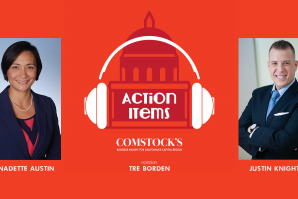
Action Items: Pilot
Justin Knighten and Bernadette Austin on how we can better prepare local leaders
Justin Knighten and Bernadette Austin speak with our host, Tre Borden, on how mentorship pushes the region forward. We talk about leadership transitions, diversity and inclusion, and hitting up potential mentors at the gym.
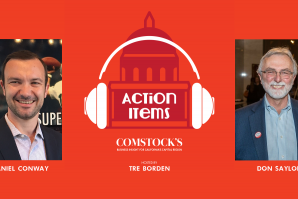
Action Items: Mapping Out the Pot Economy
Guests Daniel Conway and Don Saylor discuss legal cannabis in the Capital Region
With California voters approving Proposition 64 in November, government officials, elected representatives and entrepreneurs are grappling with how legal cannabis can contribute economically to our region. Proponents say major potential exists in commerce, agriculture, medical research and other areas — if we get this right.
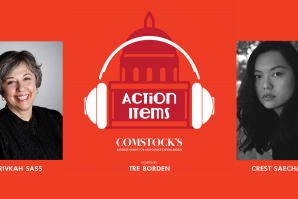
Action Items: Lifting People Out of Homelessness
Crest Saechao and Rivkah Sass discuss how third spaces can help serve homeless community members
On this episode of Action Items, Crest Saechao, director of DECODE and bootcamp curriculum at Hacker Lab, joins Rivkah Sass, executive director of Sacramento Public Library, and host Tre Borden to discuss the role of third spaces in addressing homelessness.
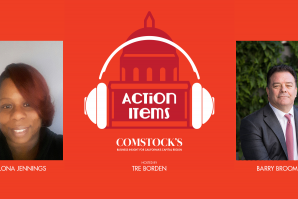
Action Items: Leveraging Regional Diversity
Barry Broome and Alona Jennings discuss strengthening career pathways to entice investment
On this episode of Action Items, Greater Sacramento Economic Council CEO and President Barry Broome and Code for Hood cofounder Alona Jennings join host Tre Borden to discuss the need for Sacramento to disrupt its economy by leveraging its diversity.
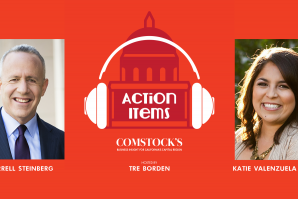
Action Items: Is There a ‘Right’ Way to Revitalize?
Mayor Darrell Steinberg and Sacramento Neighborhood Coalition
Co-Facilitator Katie Valenzuela Garcia on economic development
and neighborhood identity.
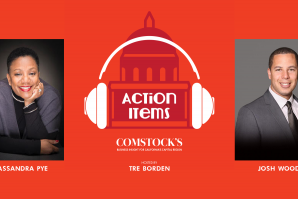
Action Items: Mind Your Own Political Business
Cassandra Pye and Josh Wood discuss how businesses can strategically take sides
On this episode of Action Items, communications strategist Cassandra Pye and Josh Wood, CEO of Region Business join host Tre Borden to discuss the fragile mixing of politics with business.
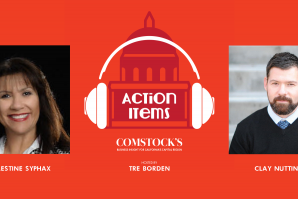
Action Items: Expanding Our Creative Capital
Clay Nutting and Celestine Syphax discuss collaboration between established and grassroots art institutions
On this episode of Action Items, arts entrepreneur and restaurateur Clay Nutting joins Celestine Syphax to discuss what the grassroots art movement can learn from institutional arts organizations in the Capital Region — and vice versa.



